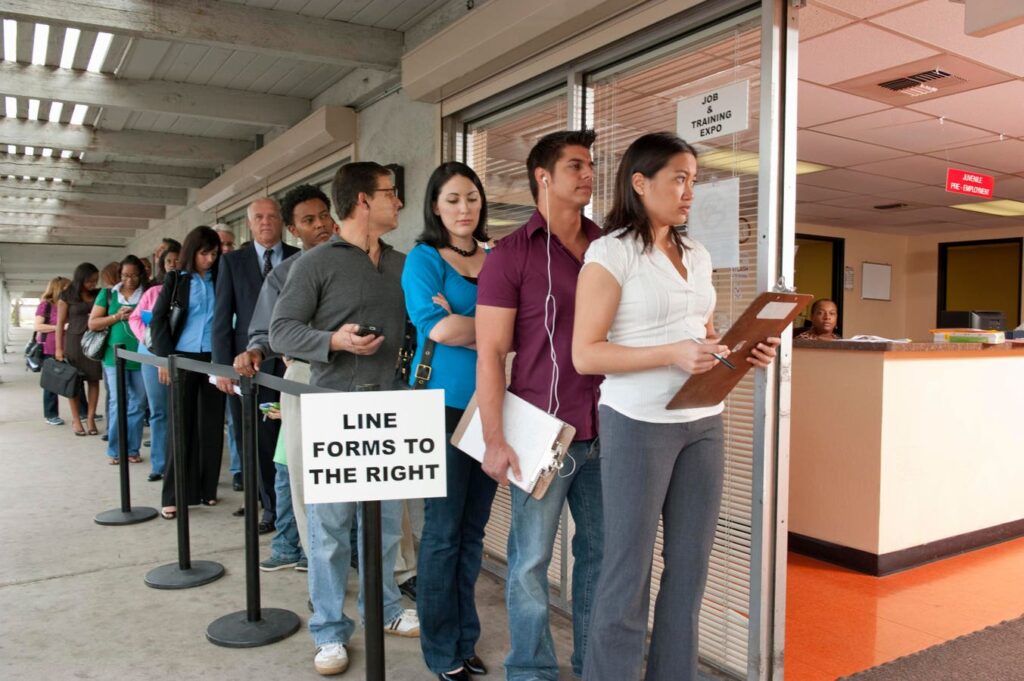A few days ago, I wrote about 10 college degrees with high unemployment for the recently graduated (ages 22 to 27). The data, presented by the Federal Reserve Bank of New York, was from 2023 when the unemployment rate was 3.8% and some of the highest rates of unemployment were among people with STEM (science, technology, engineering, and math) degrees.
Some of the examples that had upwards of double the overall unemployment rate were physics (7.8%), computer engineering (7.5%), computer science (6.1%), chemistry (6.1%), and information systems and management (5.6%). As they grow up, young adults repeatedly hear that these “safe” studies lead to plentiful, good-paying employment. What they don’t hear — although likely have a growing sense of given common comments on social media — is the truth of their being fed with a load of bunk.
There’s more truth in additional New York Fed data about how 22-to-27-year-olds are faring. Start with the distribution of annual wages for recent college graduates. This data runs from 1990 through 2024 and is in the form of constant dollars to allow for a direct comparison that accounts for inflation. The graph below shows the data. The grey shaded area shows the 25th to 75th percentile around the bachelor’s degree median.
In 1990, those with a bachelor’s degree had a median wage of $56,642. The 25th percentile made $43,216 and the 75th percentile wage was $72,027. The high school diploma only median wage was $40,815.
Jump to 2024. The bachelor’s degree median wage was $60,000, with a 25th percentile of $43,000 and a 75th percentile of $80,000. The high school diploma wage was $40,000. Over the 34 year span, only the bachelor’s degree group saw income growth. At the 75th percentile, it was 11%. At the median, it was 5.9%. The 25th percentile showed a roughly 0.5% drop. For high school only, the difference was -5.6%.
The college-educated age range among the three points — 25th percentile, median, and 75th percentile — saw at most an 11% increase over the 34 years. However, U.S. Bureau of Labor Statistics inflation calculator shows that it took $2.36 at the end of 2024 to match the buying power of $1 at the end of 1990. That’s 136% inflation, or general increase in the costs of living, compared to the 11% for the top paid in the sample.
Can’t afford a home or health insurance? It’s a marvel people from 22 to 27 can afford a coffee or piece of avocado toast.
Now for unemployment, with the graph below, also from the New York Fed.
In March 2025, the latest data on the chart, the overall unemployment rate was 4.0%. For all college graduates, it was 2.7%. Recent college graduates, 5.8%. And for all young workers, 6.9%.
Over time, the all-college graduates group had the lowest unemployment rate. Then there were some changes starting just before the pandemic. All college graduates started getting a higher unemployment rate than all workers. All young workers still had the highest unemployment rates.
Again, the promise of a future for dedication to, and later high expense of, a college education starts sounding like, if not an empty promise, one that is quickly leaking. No wonder, younger adults aren’t reaching the same milestones as older generations.
Read the full article here

